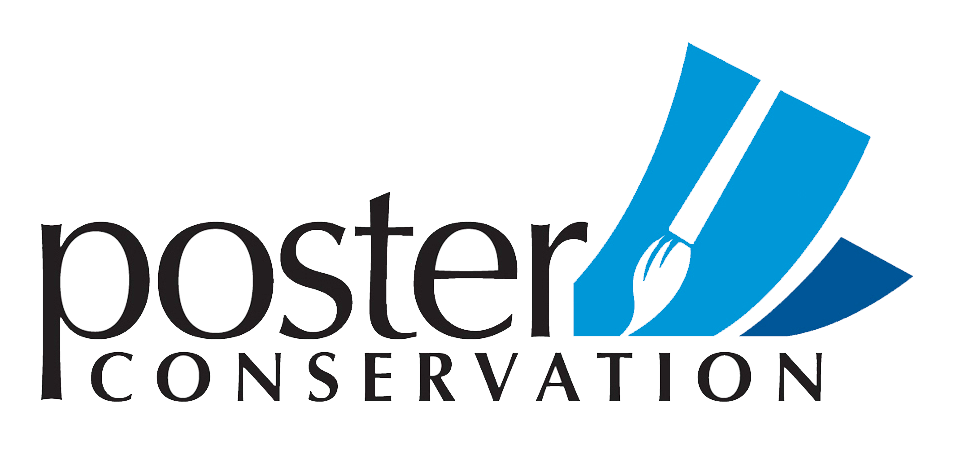Our Services
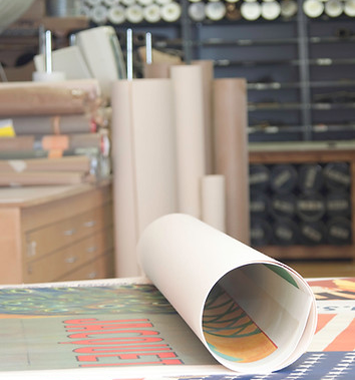
LINEN BACKING
A conservation method dating back to the 19th century, linen backing is used to mount and preserve vintage posters. We use archival materials to protect and stabilize the poster, allowing it to be handled, displayed or framed without compromising its value. Linen backing not only improves the appearance of a poster but can increase its value. Our linen backing process is reversible with water. This is important because the use of non-water based materials, i.e. acrylic paints which are essentially plastic, destroy the value of a poster once applied.
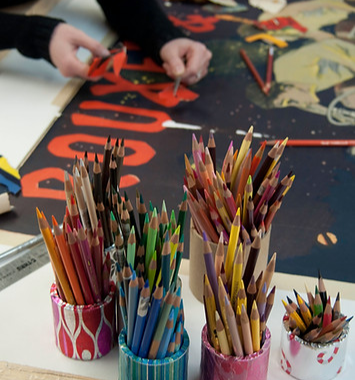
RETOUCHING
The restoration techniques we use at Poster Conservation can dramatically reverse the visibility of tears, folds and losses posters suffer over the years. The linen backing process flattens any folds and allows tears to be positioned back together. As a second step, expertly executed restoration can make folds and tears disappear. We replace losses by using a piece of another poster to fill in the area. We then carefully tone the replaced paper with colored pencils or watercolor paint to blend the replaced paper so that it is virtually undetectable
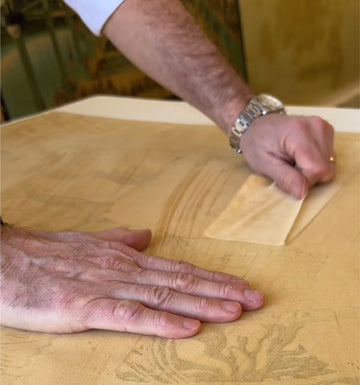
RE-LINING
Re-Lining is the process of removing a poster that has been mounted to paper, canvas, board or any other stabilizing material. This process is typically recommended if your poster is mounted to a material that is not conservation quality. Since the turn of the Century posters have been mounted to many different materials most of which are highly acidic and therefore damaging to paper. Posters mounted to these acidic materials must be removed and linen backed to acid free buffered materials.
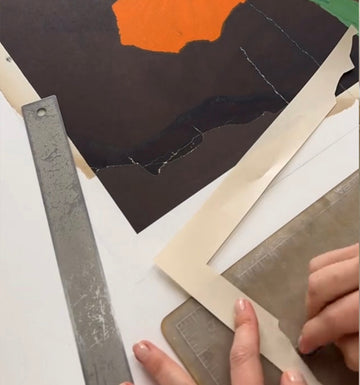
PAPER REPLACEMENT
A restoration technique used to mend holes and cracks in a poster by filling them with carefully chosen paper—either from an extensive collection of scrap poster material or new archival paper that closely matches the original in color, texture, and thickness. After the poster is linen-backed, the selected paper pieces are meticulously glued in place using archival rice starch. Once the damaged areas are filled, water-based pigments are applied to blend the repair with the surrounding artwork, resulting in an almost invisible restoration.

WASHING & BLEACHING
Washing, or rehydrating, with water helps remove surface dirt and contaminants. When needed, rinsing with an appropriate carbonate solution can also act as a buffer, helping to neutralize naturally occurring acids in modern paper and prevent long-term damage.
Bleaching is used when a poster has noticeable stains or has browned due to environmental exposure. It is also effective in removing foxing—small, reddish-brown spots—and dark fold lines. The specific bleaching agent is selected based on the type of paper to ensure optimal visual results without causing harm.
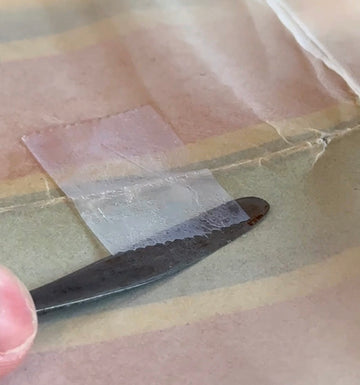
REMOVAL OF TAPE, GLUE & ADHESIVE
Often seen on vintage posters as an ill-advised attempt at repair or reinforcement, tape and other adhesives can lead to damage and discoloration. Any adhesive must be removed before linen backing. This is a delicate process involving chemicals and must be carried out with great care to preserve the poster’s integrity.
